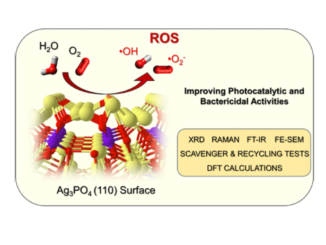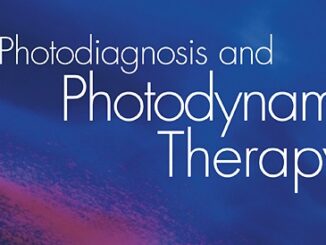
The role of scavengers in the CdS film corrosion
Abstract: The cadmium sulfide (CdS) is one of the most applied chalcogenides to the water splitting (WS) on photoelectrochemical cells (PEC). The CdS bandgap is 2.4 eV which suits very well with the solar spectrum. Unfortunately, because to the high overpotential and sluggish kinetic of the oxygen evolution reaction (OER) on the anodic compartment of the PEC, the pristine form of CdS film undergoes photocorrosion. In this work, using a series of small organic molecules as alternatives for the OER on the CdS/FTO photoanodes under visible light irradiation in Na2SO4 0.5 mol L−1 solution, we explored the dependence of the CdS photocorrosion and the oxidation reaction of small organic molecules. Comparing the methanol, ethylene glycol, and glycerol oxidation reactions, the glycerol showed higher photocurrents in both linear potential voltammetry and chronopotentiostatic experiments. We also employed cross-sectional SEM images to investigate pristine and aged CdS films revealing distinct photocorrosion patterns depending on organic molecule employed. The results suggest the CdS film degradation relates to the low ability of water in scavenge the photogenerated holes and the presence of high reactive species, such as glycerol, capture these holes decreasing the CdS corrosion.
Author(s): Hessel, C.; Perini, N.; Sitta, E.
Journal of Solid State Electrochemistry
Published: 28 December 2022
DOI: https://doi.org/10.1007/s10008-022-05363-z
CDMF
The CDMF, hosted at the Federal University of São Carlos (UFSCar), is one of the Research, Innovation and Dissemination Centers (RIDC) supported by the São Paulo State Research Support Foundation (Fapesp), and also receives investment from the National Council Scientific and Technological Development (CNPq), from the National Institute of Science and Technology of Materials in Nanotechnology (INCTMN).




